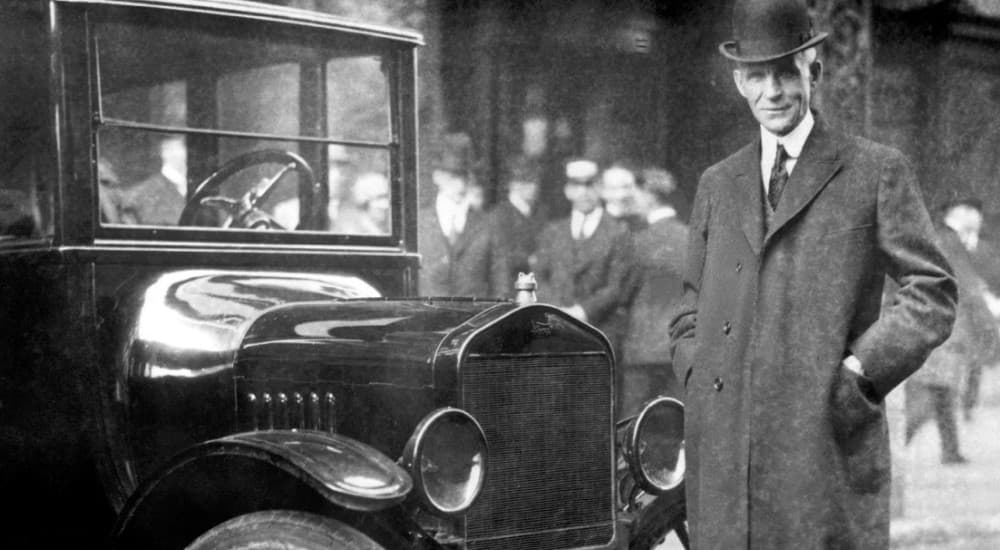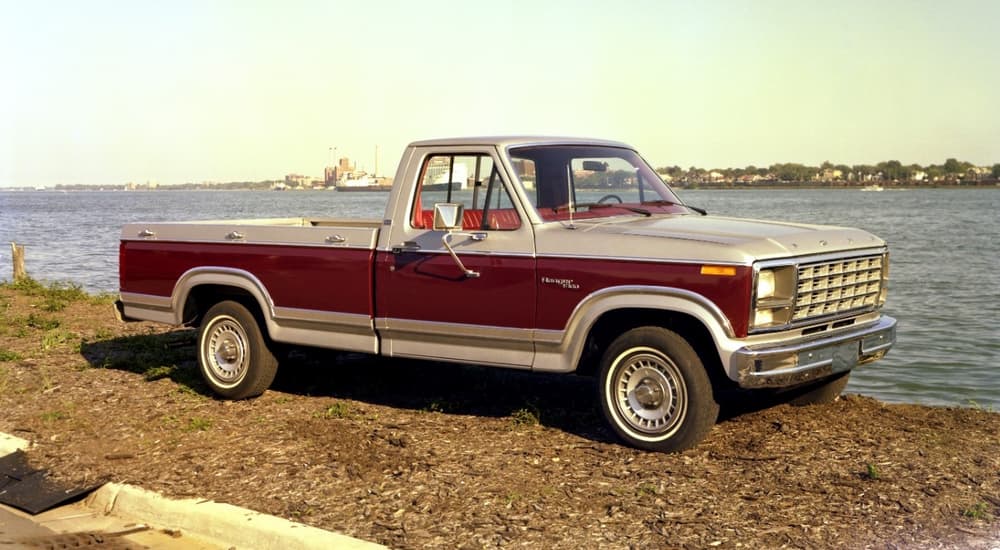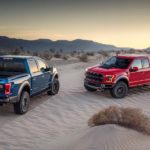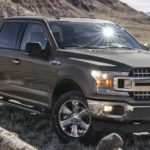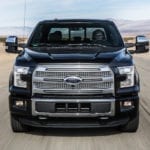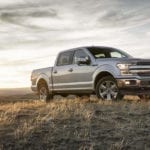If Henry Ford were alive today, which Ford model would he drive? Some say he might be found behind the wheel of a Ford F-150. After all, his vision for a work-ready vehicle made today’s Ford trucks possible. Would it be a brand-new model each year, or would Ford himself drive a beloved F-150 into the ground, as many of us do? Naturally, there’s no way to discover the answer to this hypothetical question, but it’s fun to think about. Although Henry Ford won’t be among those wondering, “Are there any new or used Ford trucks near me?” you can certainly appreciate his legacy each time you sit behind the wheel of the F-150.
While Ford and the F-150 did not exist on the same timeline, he died just before the first F-Series Bonus Built trucks hit the market; today’s Ford trucks echo many of the features that demonstrate the automotive magnate’s vision for what a truck should be. Take a look at the story behind what makes Ford trucks “built tough” and why many feel that even Henry Ford himself would be proud of the legacy his vision created.
From the Model T to the Model TT
The first decade of automotive manufacturing saw a furious flutter of innovation and engineering. With the Model T becoming a bonafide sensation in 1908, Ford was extremely interested in hearing what actual drivers wanted from their vehicles. Many drivers clamored for a vehicle that was more capable of handling heavy-duty rural tasks without sacrificing the comfort and convenience of the Model T cab.
To set the scene for the first Model TT truck, let’s travel back to July 27, 1917, when the Model TT made its debut. While asphalt-paved roads existed, they were quite rare, which meant many drivers were venturing out on dirt and mud roads. The US population was divided almost 50/50 between rural and urban environments, and suburbanization hadn’t really taken off yet. Furthermore, World War I had an enormous impact on conditions on the home front.
Still, the Model TT, which incorporated the Model T cab and engine on a frame that supported a full ton of payload, rolled into the homes of over 200 drivers that year. Bear in mind, however, that the original trucks only included a cab and engine; the chassis was left open so that truck drivers could select the most appropriate bed, cargo space, or contraption required to help them move objects from point A to point B.
Henry Ford pulled this idea from the success of the Fordson tractor and stuck to it. His understanding of early trucks helped him appreciate that drivers needed this type of vehicle for a variety of different tasks and that a single, static version wouldn’t be as beneficial. This sentiment continues today with the many trims, engines, configurations, and packages offered in the F-150 lineup.
From Humble Beginnings to Market Mainstay
By 1928, Ford had sold 1.3 million Model TT trucks, marketing heavily to rural populations. Still, as the Model TT gave way to the Model AA, more and more uses for a chassis cab truck with the ability to handle 1.5 tons of payload were becoming apparent. Many Model AA and Model BB vehicles were transformed into mail and freight delivery vehicles and ambulances, bringing greater efficiency into how Americans were getting things done. Transportation was officially transitioning from the horse-and-carriage format to the automobile, and people from all communities were paying attention to the many ways in which trucks could do things faster and more conveniently.
The Model 50, which hit the market in 1935, is one of the first trucks to echo the style of Ford’s passenger car lineup, giving it a little extra flare and design than many other trucks. And while Ford halted production between 1941 and 1947 due to World War II and the need to produce more vehicles for the war effort, the brand had sold over 4 million trucks by 1941. Thus, when the war ended, and the suburban boom began in 1948, Ford acknowledged the opportunity to create pickup trucks that could do various jobs, depending on the driver’s needs.
As a result, the very first Bonus Built F-Series took shape, with a lineup of vehicles ranging from the half-ton F-1 to the F-8 cab-over truck. By 1953, it was clear that this idea had strong merit, so Ford invested engineering into rebranding the series into the F-100, F-250, and F-350 lineup. The higher capacity trucks become the C-series commercial trucks known as the C-, H-, L-, N-, T-, and W- truck lineups.
Taking a Cue From Ford Himself
Once the F-series was fully established, it was clear that these trucks had a heavy-duty place in the hearts of American drivers. Therefore, Ford engineering took a page from Henry Ford’s playbook and started creating trucks that would truly be meaningful to their drivers. Things like armrests and sun visors were added to the standard equipment, and drivers could select options that would help them get the job done, like an automatic transmission, radio, and in-cabin heaters. In 1959, four-wheel drive was added to the list of F-series factory options.
From there, the improvements came in a hurry, mimicking the excitement that flourished with the dawn of the automobile. The F-Series trucks gained twin I-beam front suspension and an optional four-door crew cab in 1965, revolutionizing how drivers thought about a truck’s ride and drivability. The SuperCab appeared in 1974, transforming pickup trucks into the sort of vehicle an entire family could enjoy.
With each generation, it’s clear that Ford considers not just what they can sell to American drivers but the features and functions they actually need. Today, the F-150, F-250, and F-350 are all offered in a range of trims, bed and cabin configurations, and with several optional engines to allow for the greatest potential for productivity. From the luxe touches of the King Ranch and Limited trims to the off-road chops demonstrated by the Tremor and Raptor models, Ford trucks are some of the most customizable, functional trucks on the road today.
Built Ford Tough Forever
According to Ford legend, the “Built Ford Tough” slogan came from a copywriter for a Ford magazine. In these three words, many feel that the entire essence of the truck, as imagined by Henry Ford, is truly captured. Millions of F-Series trucks have been sold in the United States alone, with this number growing each day. The legacy of Henry Ford’s vision to create a truck that could adapt to a variety of tasks has been realized, but Ford continues to improve upon their recipe with frequent adjustments and re-imagining.
It is this combination of knowing what the public wants and tweaking the engineering to provide these features in a way that most benefits drivers that have led to the ongoing success of the Ford F-Series trucks. From the upcoming electrified Lightning model to the trusted and reliable pre-owned Ford trucks at your local dealerships, the same amount of consideration and innovation has kept these trucks at the top of the game since Ford’s Model TT appeared in 1917.
